Do you know a kid who loves to jump off a set of steps and yell “Geronimo” at the top of his lungs? A little boy perhaps, bounding with limitless energy who climbs back up, propels himself into the air and at 85 decibels makes his declaration to the world he is unafraid of the jump. Wild Child. Similarly, I have a friend who plays a game with his daughter where he appears to body slam (but actually toss) her into the pillows on the sofa. She laughs and hiccups in waves of cacophony giggles then tumbles off the edge and runs to do it again. Either of these raucous examples of high-energy fun would be unsettling for my children. They’ve managed to survive stimulation rather than thrive on it.
Our children need stimulation as much as a butterfly needs a boom-box.
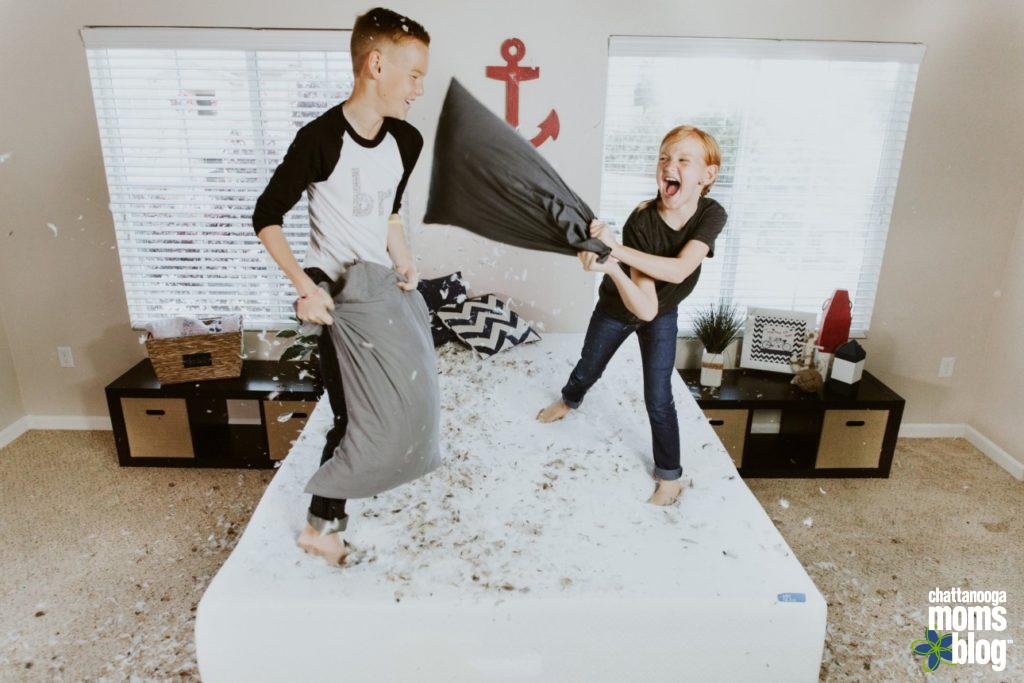
When the kids were around six and eight, we thought they would be old enough to not only enjoy but also remember a Disney Cruise family vacation. They remember it, but not for the reasons you’d think. That one magical trip was a defining moment for me as a mother. It is THE vacation I discovered something hidden in their budding personalities. As a parent, you don’t see differences in your children until someone else reveals it. You know your kid is growing but not until someone comments how tall they are.
The stimulus set up.
We were on a 6 day/5 night cruise to Castaway Cay in the Bahamas. We lounged by the pool, enjoyed day excursions and had lots of photographs made with the Disney characters. After three days, my husband and I investigated having dinner — just the two of us — at one of the ship’s five-star restaurants. The cruise offered a babysitting group play so the parents could have a “night out” but remain onboard. We honestly thought, “what could go wrong?” The kids seem to love cruising, and hadn’t exhibited any hesitation from the activities, the magic shows or even the characters. We convinced ourselves that a night of free play would be an adventure for them. My husband and I enjoyed a meal without Mac & Cheese. The kids had their run of a jungle room, complete with climbable trees, obstacle course, swinging vines, and pumped up music.

Our decision required the children to survive their environment.
As my husband and I were clinking our wine glasses and giving each other parental accolades, our kids were huddled in the corner of the jungle room with their fingers plugged in their ears. While we were basking in the reward of hard efforts to save for this memorable family trip, our kids became teammates, helping each other survive in a room that was too much stimulation for them. When we returned from dinner to collect our children, we imagined their excited faces, extending their little arms to show us a balloon animal or some craft they helped create.
The sheer terror on their faces on what was supposed to be a trip of a lifetime crushed me. It’s the moment my husband and I realized our children had noise sensitivity that was more than the norm. They withdraw when they’re in a noisy, confined space with thumping music and exuberant children.
Because of their discomfort, I spiraled. I questioned every activity that involved our children. The Mother’s Day Out programs, the church nurseries, the rec league soccer teams. Everything. Had I not exposed them to enough? Had I unknowingly protected my children rather than preparing them? Or what if I shielded them from what they perceived as chaos? The moment we collected them, it changed my motherhood direction. We do not blame Disney or any of its affiliates because this could’ve happened on any cruise or any playroom. That one decision to leave them in a high-energy, noisy environment redirected my efforts to better understand WHO my kids are and WHAT their needs were.
Ideas That Helped Our Kids Navigate the Noise
Here are three things we do to accommodate without sheltering our sensitive children. Note that, having noise sensitivity doesn’t necessarily mean a child is introverted. Introversion is a completely different skill set, but some of the ideas can be used in tandem to support introverts.
1. Know the type of sound that unnerves them.
Some children react negatively to compressed, tight spaces with a repetitive sound, like restaurants. The sound of someone chewing, loud voices talking over each other and the clanking of plates and cutlery can unnerve them. For other sensitive children, noise irritation can be sudden bursts like fireworks or a cymbal crashing. Understanding what triggers your child is the first step to dealing with it.
2. Provide temporary relief or an escape route.
My kids don’t mind wearing earplugs when we attend concerts or other coliseum activities. They like the funky, bright colors with purple and orange being their favorites. With earplugs, my kids aren’t hunched over and corking their ears with their fingers. They can enjoy the show and not be as stressed on the ride home. Your kids might prefer noise-canceling headphones or find a safe space out in the hall near concessions and restrooms. Had I known this before we left them in the cruise playroom, the outcome would have been so different. We should’ve encouraged them to be brave and ask the caregivers for help, move them somewhere quieter or call us. Our kids didn’t know they had a choice, which leads to the next point.
3. Give them control over the types of noise that bothers them.
We found that the more power we gave the kids over noises that disturbed them, the less affected they were by it. For example, when the kids are invited to a birthday party we discuss the type of party it will be. If it’s an outside backyard event, complete with bouncy houses or slip-n-slides, they’ll feel one way. If it’s a skating rink with thumping music and light shows, they’ll feel another. My kids will still want to go, but having a discussion about it ahead of time helps. They’ll have control over the environment as we figure out what works and how they can adjust and adapt to their surroundings. Anxiety and stress are exacerbated when you feel you have no control over it. We can empower kids if we give them the language to use.
Sound Lessons Learned.
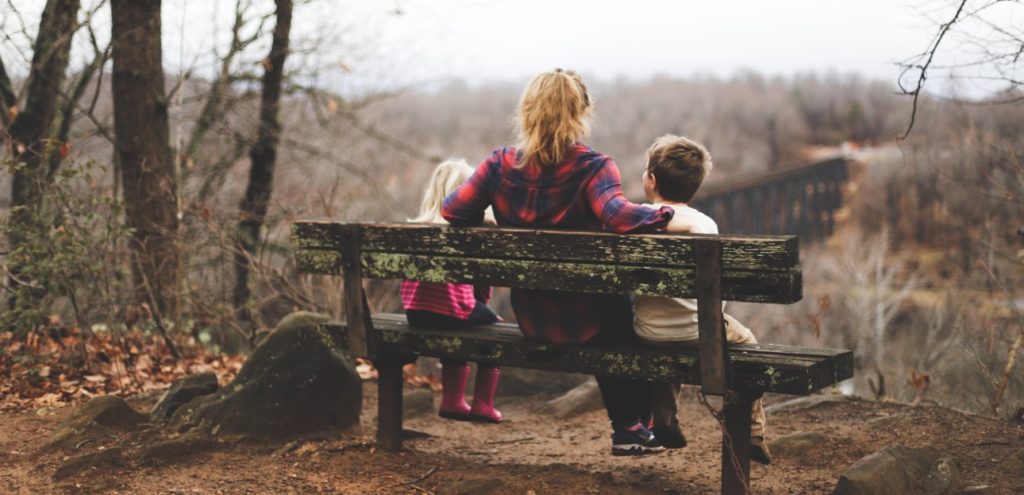
Our kids’ experience in the cruise’s jungle playroom was a defining moment for them and me. It changed me as a mother. I felt like I had let the kids down. What my husband and I perceived as crazy amounts of fun turned out to be way too much stimulation for the kids. The environment was overwhelming and made both of them turtle-up and regress. However, trial and error helped us figure out how to help our children decompress, then acclimate back to a noisy environment. We learned that downtime is just as important, if not more as the interaction and excitement. Giving our kids a voice, an outlet, and gradually increasing exposure, helped desensitize them so they could thrive.



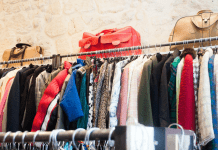

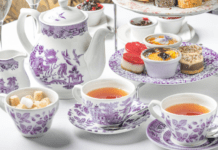








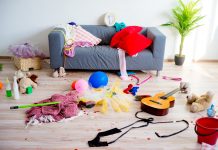







I have loud kids (four of them!) but I am definitely a Highly Sensitive Person and have some major noise sensitivity. I find my hardest times are in enclosed spaces with many people – I need to be able to take a break from the noise! I think preparing for these situations makes it easiest. I cannot deal with multiple noise sources at home – like the TV cannot be on while the kids are talking and someone is playing with a noisy toy. That makes me truly insane. I just have to know that and I think my kids know that if your tablet is making noise you don’t get to also have the TV on. My daughter has to play her recorder in her room or outside. I send the kids outside a ton. We manage!
Jessie, thank you so much for your comment! You make such an important point (and I wish I had thought to add it to this post!) Noises from MULTIPLE sources is a huge battle!
Comments are closed.